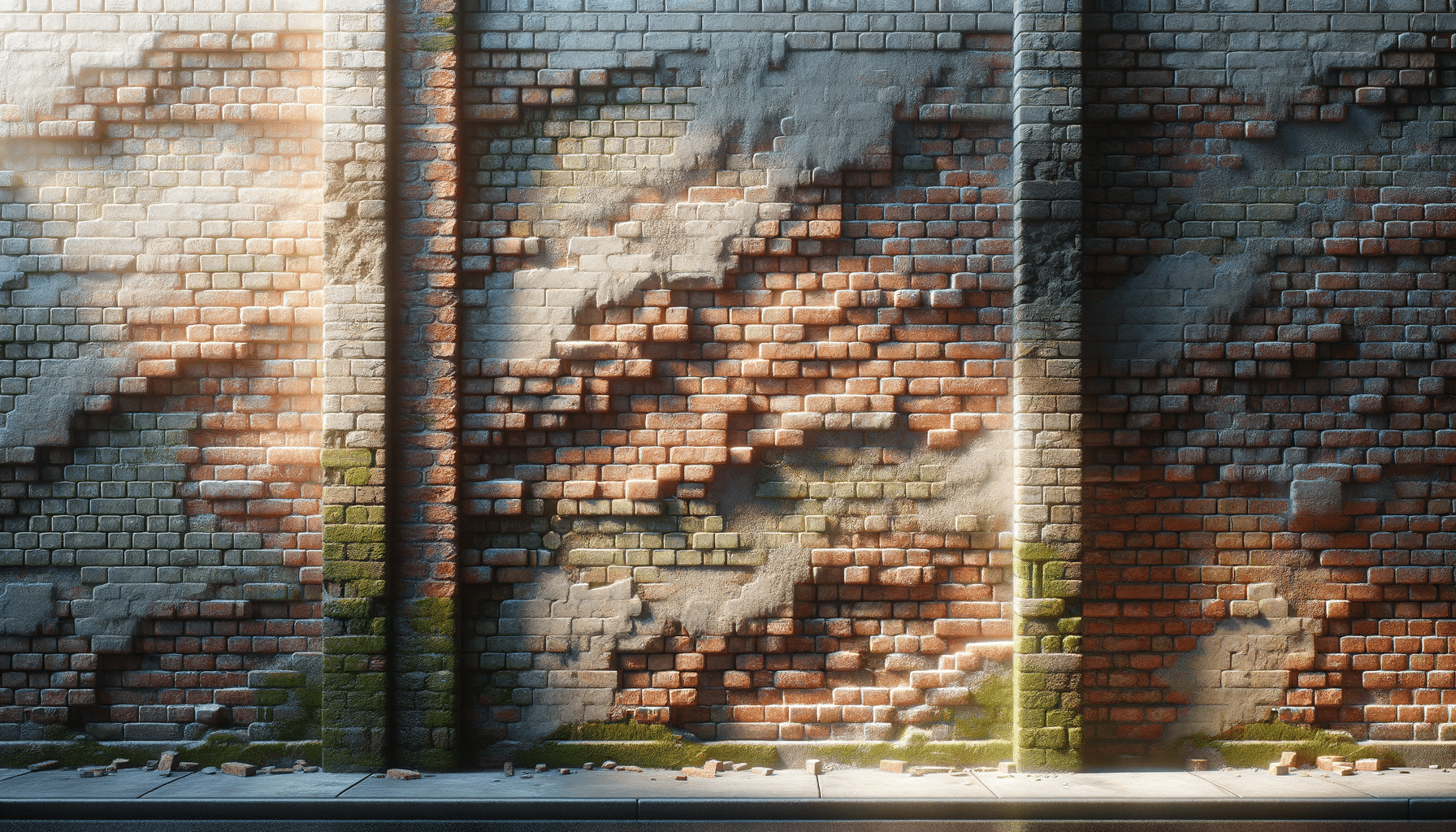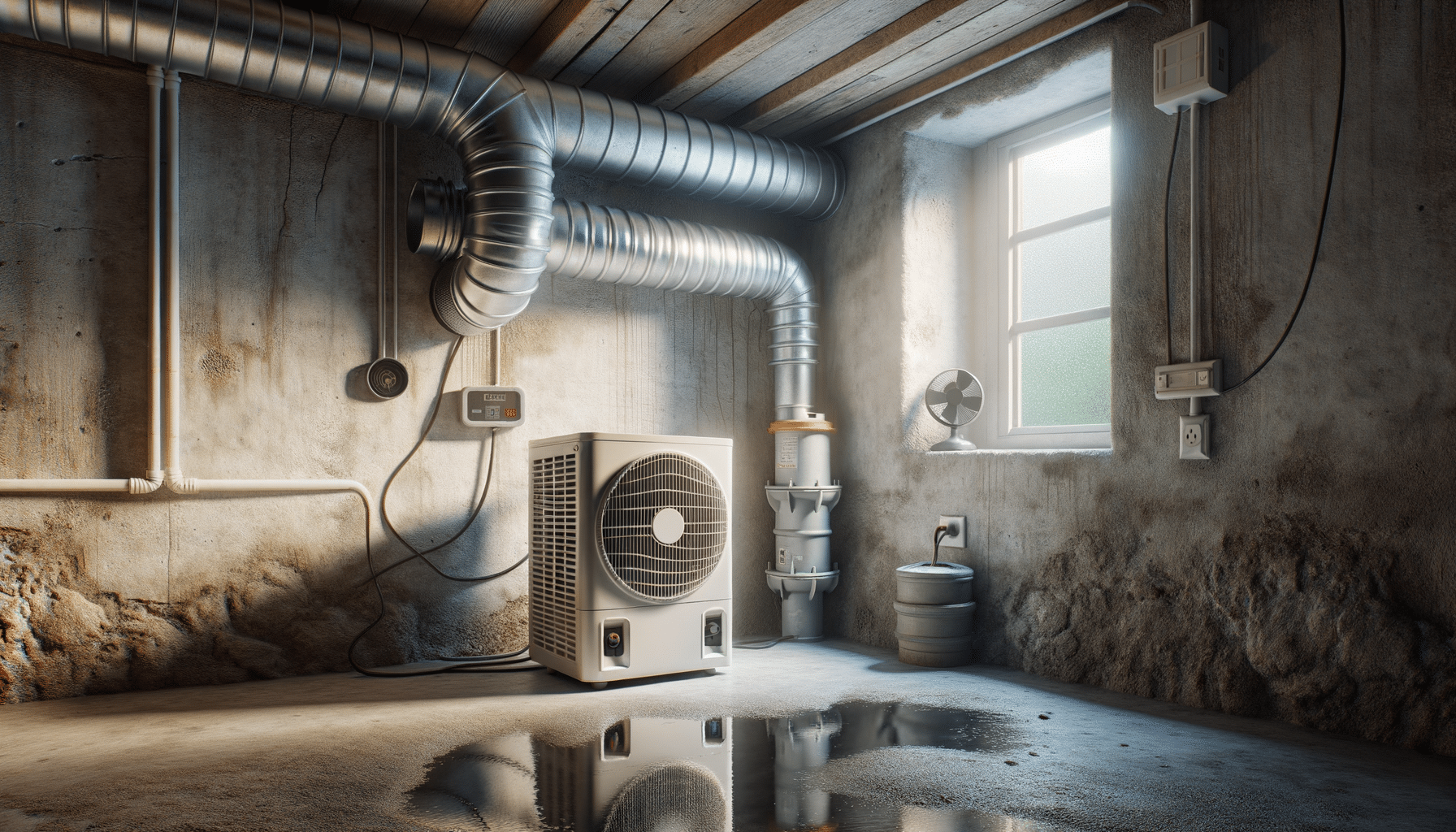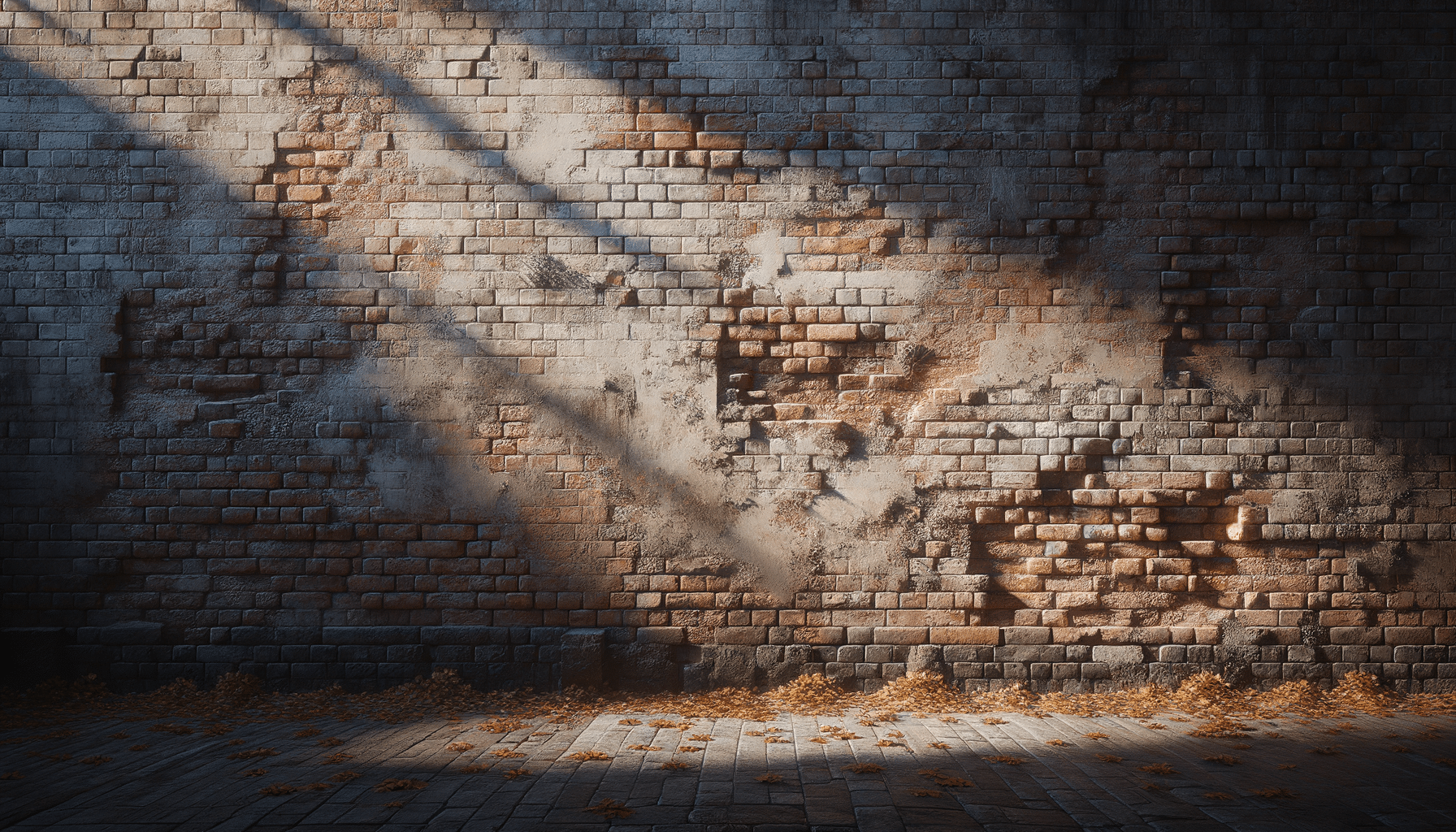
Learn more about wall restoration
Introduction to Wall Restoration
Wall restoration is a vital process that involves repairing and revitalizing walls to maintain their structural integrity and aesthetic appeal. This practice is essential for both historical and modern buildings, ensuring they remain safe and visually pleasing over time. The process can include repairing cracks, removing old paint, and addressing moisture damage, among other tasks. By investing in wall restoration, property owners can extend the lifespan of their buildings and preserve their cultural and architectural significance.
Understanding the Need for Wall Restoration
Walls are constantly exposed to environmental factors such as weather changes, pollution, and human activity, all of which can lead to gradual deterioration. Over time, this can result in structural issues, unsightly appearances, and even safety hazards. Wall restoration addresses these concerns by reinforcing the wall’s structure, enhancing its appearance, and preventing further damage. The process is particularly important for historical buildings, where preserving the original architecture and materials is crucial to maintaining cultural heritage. Regular wall restoration can also increase property value and reduce long-term maintenance costs.
Types of Wall Restoration Techniques
Various techniques are employed in wall restoration, depending on the specific needs of the building and the materials involved. Common methods include:
- Surface Cleaning: Removing dirt, grime, and pollutants from the wall surface to restore its original appearance.
- Crack Repair: Filling and sealing cracks to prevent moisture infiltration and further structural damage.
- Repointing: Replacing deteriorated mortar in brick or stone walls to improve stability and appearance.
- Paint Removal: Carefully stripping old paint layers to reveal the original surface or prepare for new paint.
- Plaster Restoration: Reapplying or repairing plaster to restore wall surfaces and improve insulation.
Each of these techniques requires expertise and precision to ensure the restored walls meet safety standards and maintain their aesthetic qualities.
The Role of Materials in Wall Restoration
The choice of materials is a critical aspect of wall restoration. Using compatible materials ensures that repairs blend seamlessly with the original structure and do not cause further damage. For historical buildings, it is often necessary to source traditional materials that match the original construction. This may include specific types of brick, stone, or mortar. In modern buildings, more contemporary materials may be used, provided they are chosen to complement the existing structure. The selection of materials also affects the durability and effectiveness of the restoration, making it a key consideration in any project.
Conclusion: The Value of Wall Restoration
Wall restoration is not just about repairing damage; it is about preserving the character and history of a building while ensuring its future usability and safety. For property owners, this process offers a chance to protect their investment, enhance aesthetic appeal, and contribute to the preservation of architectural heritage. By understanding the various aspects of wall restoration, including the techniques and materials involved, individuals can make informed decisions about maintaining their properties. Ultimately, wall restoration serves as a bridge between the past and future, honoring tradition while embracing modern advances in building technology.


